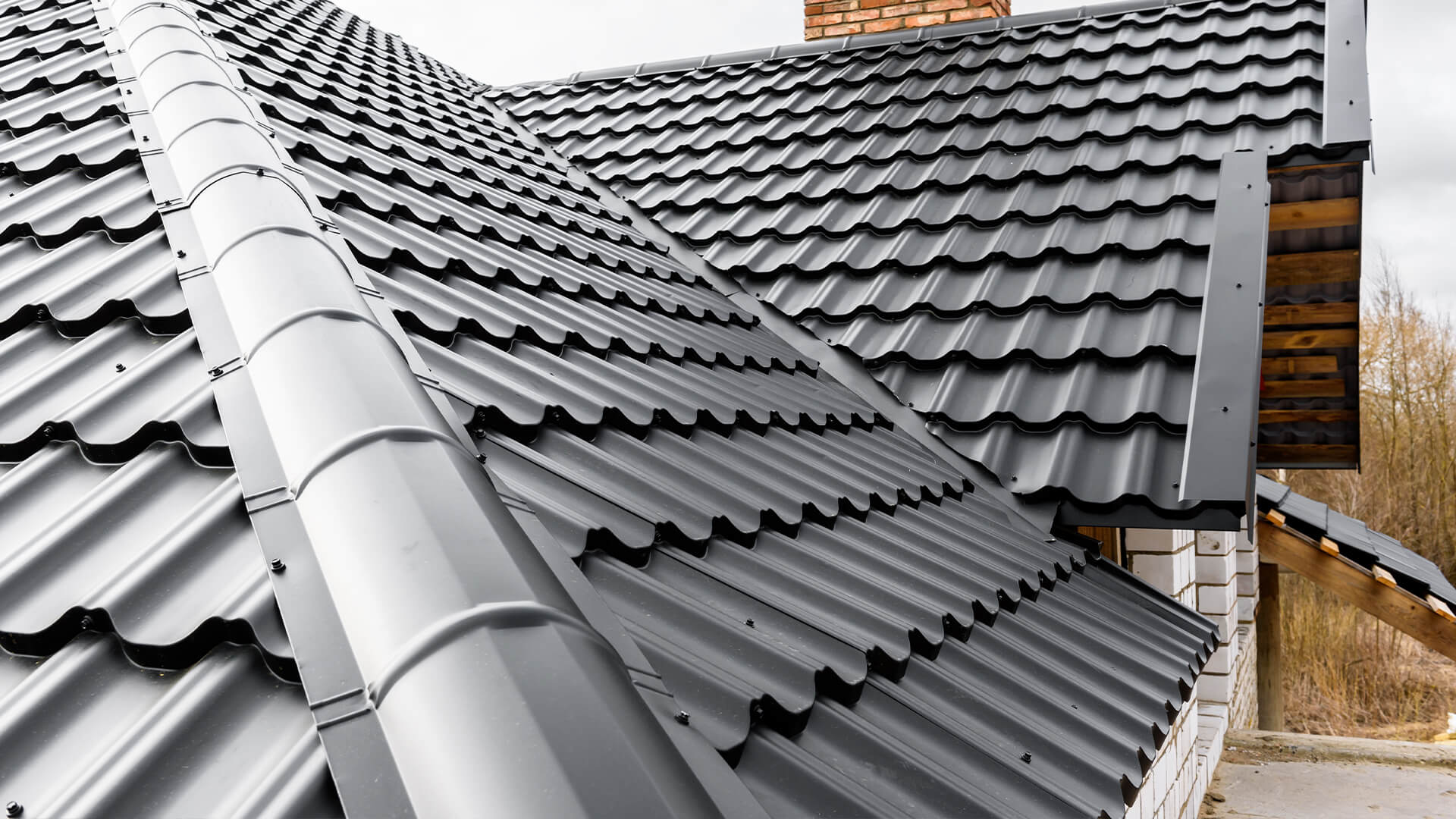Best Practices for Ensuring Proper Roof Ventilation
Ensuring correct roof covering air flow is important for the long life and effectiveness of a roof. A balanced intake and exhaust air vent ratio, commonly 1:300, plays an essential role, with consumption vents ideally put at the lower side of the roofing system for cool air access and exhaust vents at the optimal for cozy air departure. Regular assessments to determine obstructions and keep clear air movement are vital. Additionally, keeping insulation away from vents is critical to prevent air flow restriction. Comprehending these fundamental aspects establishes the stage for even more thorough insights right into setup and upkeep techniques that can dramatically boost your roof's efficiency.
Understand Air Flow Essentials
Effectively understanding air flow basics is vital for making certain the longevity and performance of roof. Efficient air flow minimizes wetness buildup and temperature extremes in the attic, both of which can result in substantial structural damage gradually. A well-ventilated roof covering aids in stopping common problems such as mold and mildew growth, wood rot, and ice dams, which can endanger the stability of the roofing materials and the underlying structures.
The key objective of air flow is to assist in the movement of air, permitting for a regular exchange in between the indoor and outdoor environments. This balance is accomplished through a combination of consumption and exhaust vents that function together to preserve ideal air movement. Intake vents, usually located along the eaves or soffits, permit fresh air to get in the attic room space, while exhaust vents, frequently situated at or near the roof covering ridge, make it possible for warm, humid air to get away.
Secret elements affecting the performance of roof covering ventilation consist of appropriate placement, appropriate sizing, and guaranteeing that both intake and exhaust vents are unblocked. Normal evaluation and maintenance are critical to recognize potential obstructions, damages, or inefficiencies in the air flow system, thereby securing the roof covering's efficiency and longevity.
Kinds of Roofing System Vents
Roofing system vents play an essential role in maintaining efficient attic ventilation and, by extension, the total health and wellness of the roof. Various sorts of roofing system vents are offered, each with unique benefits tailored to certain roofing demands. Ridge vents, for instance, are set up along the roofing's optimal, enabling warm, damp air to run away from the attic. They offer continuous ventilation and blend effortlessly with the roofline, making them both reliable and visually pleasing.

Soffit vents are installed under the eaves and job in tandem with roof covering vents to guarantee a well balanced intake and exhaust system. By allowing cooler air to go into from below, soffit vents promote the expulsion of hot air via upper vents. Gable vents, located on the outside walls of the attic room, offer another reliable option, particularly in homes with gable roofings.
Evaluate Your Existing Ventilation

Following, consider the age and problem of your roof materials and ventilation components. Older systems might not adhere to current structure codes or may have deteriorated in time, decreasing their efficiency. Conduct a comprehensive exam to determine any indicators of deterioration, such as corrosion, damage, or spaces that can compromise the system's efficiency.
Furthermore, gauge the attic temperature and moisture levels. High temperature levels and moisture can suggest poor ventilation.
Setup Best Practices
Effective setup of roof covering ventilation systems is vital for making certain optimal efficiency and durability. Proper setup starts with comprehending the details air flow needs of the roof and the structure it covers. This involves computing the correct ratio of intake to wear down vents, usually sticking to the 1:300 rule, which specifies one square foot of air flow for every single 300 square feet of attic floor room.

Consumption vents must be mounted at the roofing system's reduced side, commonly in the soffits, to enable trendy air to enter. Exhaust vents, on the various other hand, ought to be set up near or at the roofing system's peak to assist in the leave of warm, moist air.
Seal all vent connections thoroughly to stop air leaks and possible water seepage. Usage premium products and adhere to producer guidelines to guarantee resilience and performance. Furthermore, incorporating ridge vents with baffles can dramatically enhance air movement performance by avoiding wind-driven rain and snow from entering the attic.
Ultimately, accurate setup of roofing ventilation systems reduces prospective problems such as mold development, ice dams, and architectural damage, guaranteeing the roofing system's honesty and the structure's general health.
Regular Maintenance Tips
Uniformity in maintenance practices is fundamental to making sure the lasting performance of roof ventilation systems. Normal evaluations are important, ideally executed biannually-- in the spring and fall. Throughout these examinations, guarantee that vents are without debris, nests, and various other blockages dig this that could hinder air flow. Examine for any kind of indications of wetness accumulation or mold, as these can suggest incorrect air flow or leaks (roofing companies in gainesville florida).
Use a soft brush or a vacuum to get rid of dirt and debris from consumption and exhaust vents. Be cautious not to damage the air vent displays or louvers throughout the procedure.
Proper insulation is equally crucial. Guarantee that attic insulation does not block the vents, as this can severely limit air movement. If any type of insulation has changed or resolved, rearrange or replace it to keep an efficient obstacle.
Lastly, replace any kind of harmed or missing out on parts without delay. Busted vents, fractured roof shingles, or deteriorated flashing can all add to insufficient air flow and needs to be addressed right away. Regular upkeep ensures that the roofing ventilation system functions optimally, thus extending the lifespan of the roof covering itself.
Conclusion
Making sure proper roof air flow is paramount for preserving the efficiency and resilience of a roof system. Adherence to why not look here the 1:300 consumption and exhaust air vent proportion, coupled with the strategic placement of vents, is necessary. Routine semiannual evaluations, particles cleaning, and guaranteeing insulation does not obstruct air movement are essential techniques. Executing these finest practices will cultivate a well-ventilated roof system, therefore reducing possible issues connected to moisture buildup and excessive warm, inevitably lengthening the roofing system's lifespan.
A well balanced intake and exhaust vent ratio, commonly 1:300, plays a critical function, with intake vents ideally put at the reduced edge of the roofing for awesome air entry and exhaust vents at the top for cozy air departure. Consumption vents, commonly situated along the eaves or soffits, permit fresh air to enter the attic room space, while exhaust vents, usually situated at or near the roofing ridge, enable warm, humid air to leave.
Soffit vents are set up under the eaves and work in tandem with roof covering vents to ensure a balanced consumption and exhaust system. By allowing cooler air to blog enter from below, soffit vents help with the expulsion of warm air via top vents. Adherence to the 1:300 intake and exhaust air vent ratio, coupled with the tactical placement of vents, is necessary.